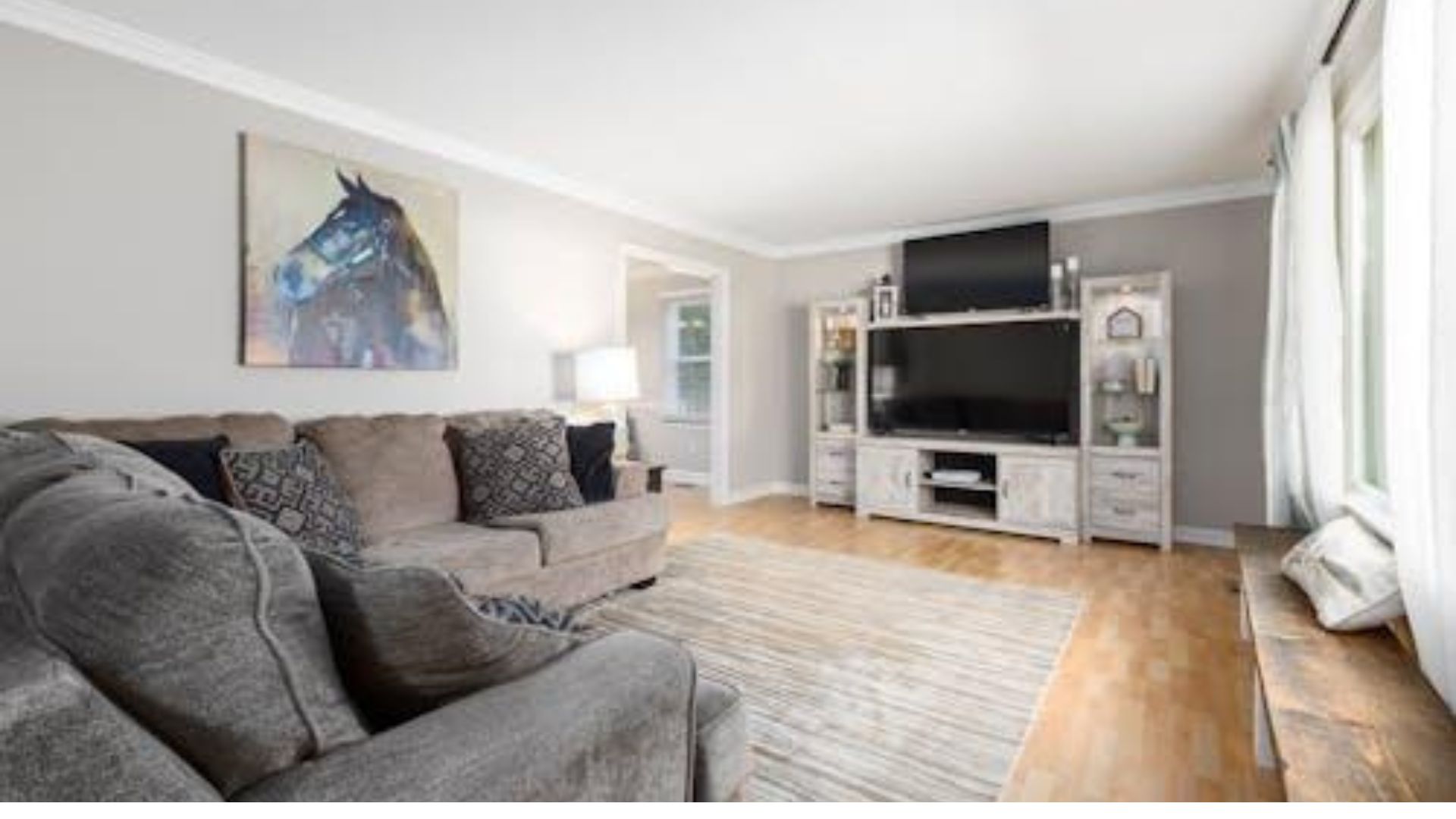Achieving a cohesive home design is vital for creating a space that feels unified and balanced. Consistent design elements throughout your home help each room feel connected and contribute to an overall sense of harmony. Whether your style is modern, traditional, or somewhere in between, maintaining consistency in design choices is crucial to creating a space that flows naturally.
Nashville, with its renowned traditional and contemporary home designs, inspires many homeowners to strive for a cohesive look. The city’s diverse architectural styles—from historic houses to sleek new constructions—highlight the importance of thoughtful design. Homeowners in Nashville often find themselves drawn to creating a unified aesthetic that enhances both the visual appeal and functionality of their living spaces.
Upgrading Bathrooms for Consistency
Bathrooms often serve as a starting point for those looking to achieve consistency throughout their home. While sometimes overlooked, these spaces are crucial in setting the tone for the rest of the house. Matching the style of the bathroom to other areas, such as the living room or kitchen, contributes to the overall cohesion. This involves carefully choosing fixtures, tiles, and color schemes that complement those found in other rooms.
Focusing on the shower during a bathroom upgrade can have a significant impact on design consistency. An outdated shower might detract from the rest of your home’s style. For homeowners in Nashville, replacing the shower can be a step toward aligning your bathroom with your home’s overall aesthetic. Hiring professionals for shower replacement in Nashville helps ensure that the new shower fits seamlessly with the existing bathroom elements. Alongside installation services, professionals often have access to higher-quality materials and can provide warranty services, adding long-term value to the renovation.
Coordinating Color Schemes Across Rooms
When chosen thoughtfully, a consistent color scheme can make a home feel larger and more connected. It’s essential to consider how the colors in one room will interact with those in adjacent spaces. For instance, the wall color in the living room could complement the shades used in the kitchen, creating a visual link between the two areas.
Homeowners can start by selecting a base color palette that works well across different rooms. Adding accent colors allows each space to maintain its unique identity while still fitting within the overall design. For example, soft neutrals like beige or gray might serve as a base, with pops of color introduced through accessories, artwork, or furniture. This approach provides flexibility for personal expression within each room while the home as a whole remains visually cohesive.
Selecting Complementary Textures and Materials
Textures and materials significantly influence the feel of a home. Consistency in these elements is key to achieving a cohesive design. While different textures add depth and interest, mixing too many materials without a plan can result in a disjointed look. For example, using a variety of materials like wood, metal, and stone might feel overwhelming if not carefully coordinated. The goal should be to choose complementary textures that enhance one another and the overall design.
Using consistent materials across different rooms can unify the entire home. For instance, matching wood flooring in the living room, kitchen, and bedrooms creates a continuous flow. Similarly, choosing similar countertops for the kitchen and bathroom fosters a sense of unity.
Consistent Lighting Design
Lighting is a crucial element in home design that often goes underappreciated, yet it plays a huge role in maintaining consistency throughout the home. The type, style, and placement of lighting fixtures can either contribute to or detract from the cohesiveness of your interior design. For example, using modern pendant lights in the kitchen while opting for traditional chandeliers in the living room might create a visual disconnect. So, to avoid this, it’s important to select lighting fixtures that fit the aesthetic of each room while also complementing the overall style of your home.
Matching or coordinating lighting fixtures across different spaces can enhance the sense of unity within your home. Consider using similar styles or finishes in rooms that are visually connected, such as the living room and dining area. Even in spaces that serve different functions, such as bedrooms and hallways, consistent lighting choices help reinforce a cohesive design theme.
Matching Hardware and Fixtures
Hardware and fixtures, though small, have a dramatic impact on the overall design of a home. These details, including door handles, cabinet knobs, and faucets, contribute to the consistency and flow of your design. If these elements vary too much in style or finish, they can create a disjointed look that disrupts the cohesiveness of your space. For instance, choosing brass fixtures in the bathroom but chrome in the kitchen might create an unintended visual clash, which makes the home feel less unified.
Hence, to maintain a cohesive design, select hardware and fixtures that either match or complement each other throughout the home. This doesn’t necessarily mean that every piece has to be identical, but there should be a sense of harmony between them. For example, if you opt for matte black fixtures in the kitchen, consider using the same or a similar finish in the bathrooms and on door handles throughout the house. This approach helps tie different rooms together and contributes to a unified design that feels thoughtfully curated.
Incorporating Consistent Decor and Accessories
Decor and accessories are the final touches that bring a home’s design together. These elements, which include everything from artwork and rugs to throw pillows and vases, play a crucial role in maintaining consistency. While it’s tempting to vary decor widely from room to room, doing so can create a fragmented look that detracts from the overall cohesion of your home. Instead, choosing decor that aligns with your home’s design theme helps create a balanced and harmonious environment.
One effective approach is to use similar styles, colors, or patterns in decor items across different rooms. For example, if your living room features a particular style of artwork or a specific color palette, consider echoing these choices in the bedrooms or dining area. But this doesn’t mean every piece needs to be identical; instead, there should be a visual link that ties the decor together.
Creating a cohesive home design is all about consistency in the elements you choose to incorporate. From bathroom upgrades to coordinating color schemes, selecting complementary textures, and ensuring consistency in lighting, hardware, and decor, every detail contributes to the overall harmony of your space.




